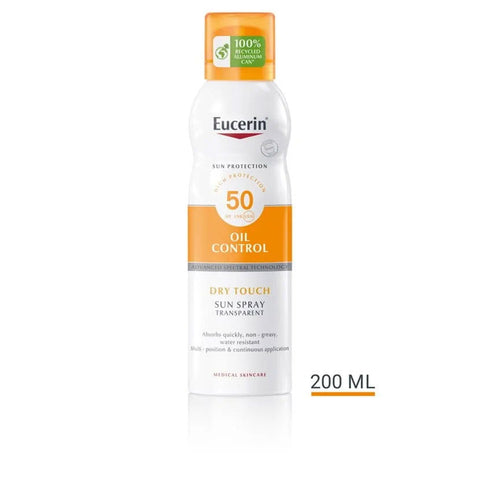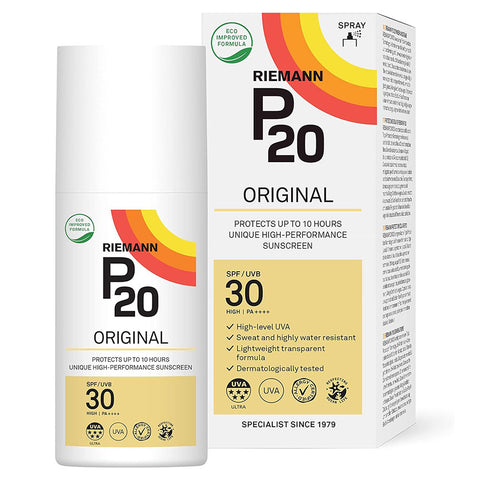In anticipation of a lovely, warm UK summer or for some of you, trips abroad, we have decided to stock two new ranges of sun protection creams.
Here at Butterflies Eyecare, you may not know that as well as James, our optician who started the business, I am his wife Michelle and a pharmacist.
Recently, I have come across news articles featuring young people who have discovered skin cancers, particularly melanomas. Often these were misdiagnosed and not investigated by dermatologists until it was too late and the cancer had spread. These features also quoted some pretty sobering statistics that really surprised me.
Melanoma is the fifth most common cancer in the UK. In 2017 there were almost 16,000 new cases of melanoma and 2,285 deaths from the disease. It is more common in women than men. It is a very rare cancer in children but shockingly it is the second most common cancer in people aged 15 to 34.
With this in mind, The British Association of Dermatology suggests that every month we inspect every part of our bodies for skin changes, unhealed sores, new moles or suspicious changes in existing moles. This includes in between the toes, the head, behind the ears and neck, under the breasts and the ano-genital area. A couple of tips are to use a mirror or to ask your partner to check your back or the hard to view areas.

It is vital to report anything unusual to your GP and to be referred to a dermatologist if you are still concerned. Remember that not all changes are melanoma, some skin cancers are non-melanoma and easily treated with chemotherapy cream for example.
I am passionate about the effects of sun damage, cancer and protecting all of us, especially those with sensitive skin and eyes, from this avoidable risk of cancer.
It is important to know ourselves and teach children how to look in a mirror when they apply their own sun cream before going to the beach. This trains us to include easy-to-miss areas that burn easily such as the nose, ears, back of the neck or the top of the feet. I am sure we can all recall ourselves or our family members being sunburnt in these areas. And how painful it is.
It really is so important to protect children from a young age. This is because there are two factors involved that increase the risk of melanoma;
-
high levels of sun exposure before the age of 20
-
being sunburnt during childhood (especially when it blisters)
We remember how messy and sticky some sun creams were to apply and they didn’t always smell very nice either. I used to burn really easily and be sensitive to some of the ingredients in sun creams, giving me immediate all over body itching and rashes requiring treatment with an anti-histamine.
With all the above in mind, we have sourced two sun cream ranges using our personal experience and my knowledge of pharmacy grade brands. The quality of a sun cream is very important as the sun’s rays can be extremely strong. Choosing a formulation that is pleasant to apply and use, encourages us to apply it more carefully and frequently. The quality of the sunscreens used and the other ingredients called excipients, provide maximum protection as they are evenly distributed throughout the cream and not patchy when applied.
I was particularly keen to source a facial sun cream to reduce daily exposure to ultraviolet rays. I struggle with finding a suitable one as I have skin that is prone to spots, breakouts and sun damage. Hormonal changes in women can cause permanent red or brown blotches and blemishes to appear on the face. Many face sun creams are far too greasy or shiny for me but need to be applied every day.
The two ranges we chose are the P20 range of chemical sunscreens and the Eucerin range of mineral sunscreens. It is important for us to offer different price points, application methods and both a chemical and mineral sunscreen to encourage as many swimmers as possible to protect their skin.










